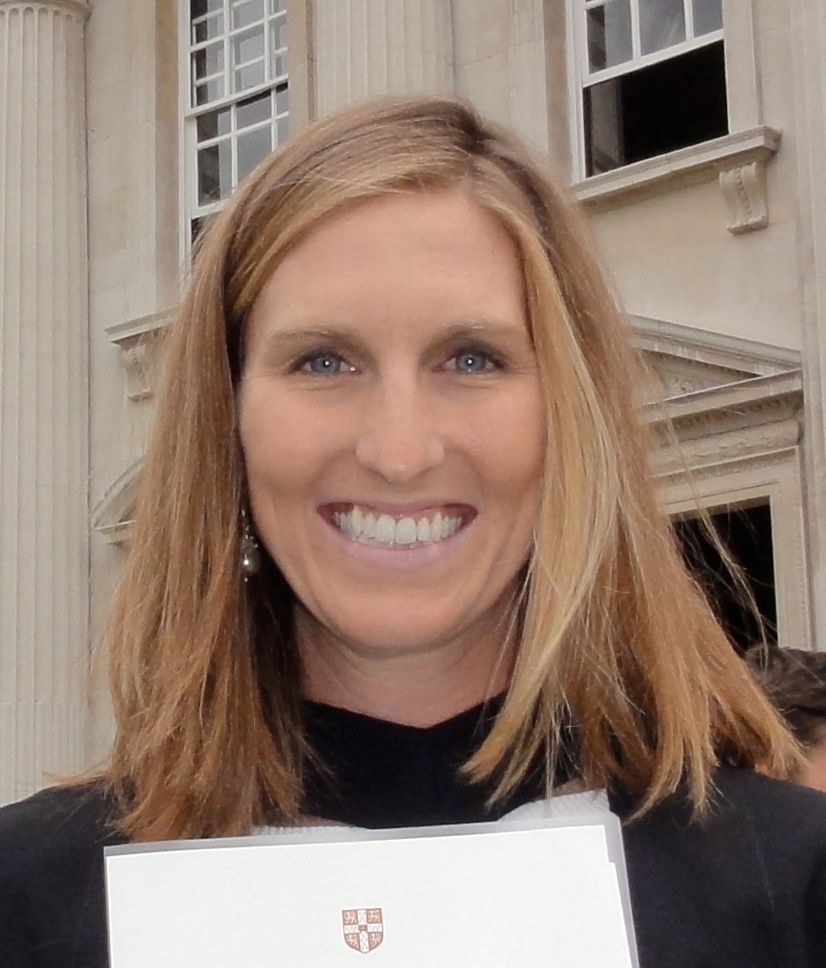 As we have often discussed, joint use (or shared use) agreements are one of the Safe Routes Partnership’s three primary policy priorities from our Robert Wood Johnson funding. What is really exciting is how we frequently hear more about how much is going on in our seven network states. Here is a sampling:
As we have often discussed, joint use (or shared use) agreements are one of the Safe Routes Partnership’s three primary policy priorities from our Robert Wood Johnson funding. What is really exciting is how we frequently hear more about how much is going on in our seven network states. Here is a sampling:
Resource Library
 Peer pressure doesn’t all have to be bad. Studies show that it can be good, too! Kids can encourage each other into activities that will improve their health and social life and make them feel good about themselves.
Peer pressure doesn’t all have to be bad. Studies show that it can be good, too! Kids can encourage each other into activities that will improve their health and social life and make them feel good about themselves.

To date, South Carolina Safe Routes to School has awarded 24 projects (totaling a little more than $3.7 million). Some examples of the various types of infrastructure projects are sidewalk improvements, curb and gutter, crosswalks, raised crosswalks, multi-use paths, signage, bicycle storage sheds and bike racks. South Carolina created a Safe Routes to School Resource Center to handle all of the non-infrastructure components.
 During the month of November we are reminded to give thanks. I have Facebook friends who are making an effort to post something they are thankful for every day of the month. While I like this idea, I think we should also make an effort to thank others -- to let them know we appreciate them.
During the month of November we are reminded to give thanks. I have Facebook friends who are making an effort to post something they are thankful for every day of the month. While I like this idea, I think we should also make an effort to thank others -- to let them know we appreciate them.
 The end of the year is a time of reflection on all that we value. Here at the Safe Routes Partnership, we value the simple act of walking or bicycling safely to school, a shop or to work.
The end of the year is a time of reflection on all that we value. Here at the Safe Routes Partnership, we value the simple act of walking or bicycling safely to school, a shop or to work.
Through active transportation, parks and recreation agencies provide valuable benefits to communities by providing an engine for economic development, increasing health and wellbeing, supporting conservation and providing benefits to all citizens regardless of socioeconomic status.
 As we kick off the new year, our staff leadership and steering committee reviews our progress towards the goals of our strategic plan.
As we kick off the new year, our staff leadership and steering committee reviews our progress towards the goals of our strategic plan.
This report summarizes research describing trends in transportation among millenials
 The Tennessee Network has some exciting plans for 2013 and some amazing members to help get the job done. Here’s the short list of what we are working on.
The Tennessee Network has some exciting plans for 2013 and some amazing members to help get the job done. Here’s the short list of what we are working on.
This fact sheet describes the impact of transportation funding recissions on transportation enhancements for biking and walking infrastructure and ways to protect funding for these projects and programs. This document also includes recission funds by state from 2010.
 In Los Angeles County, the popular narrative says that everyone drives all the time, and transportation policy has largely reflected this social understanding. However, active transportation modes are a significant form of mobility, calling into question the truth of the dominant narrative.
In Los Angeles County, the popular narrative says that everyone drives all the time, and transportation policy has largely reflected this social understanding. However, active transportation modes are a significant form of mobility, calling into question the truth of the dominant narrative.
This report examines some of the states that have successfully dedicated federal safety funds to reducebicycle and pedestrian fatalities and crashes.

This fact sheet describes changes in federal aid bike and pedestrian spending and the steps for proposing a transportation project.
 Bike to School Day is just around the corner on May 8th. Are you in, North Carolina?
Bike to School Day is just around the corner on May 8th. Are you in, North Carolina?
Across North Carolina there are so many great Safe Routes to School programs in place at hundreds of schools. You can visit most any of those schools now and see bikes being parked at bike racks and parents leading kids in their walk to and from school.
Research has consistently demonstrated that students’ academic achievement isinfluenced by a variety of conditions outside the school, including their physical, social, emotional and economic circumstances.
 A joint or shared use agreement is a formal agreement between two groups, for example a school district and a city or county, which allows for the use of public property, like a school playground or field, after regular school hours. Shared use agreements can help school districts save money on the development, operation, and maintenance of the facilities that will be shared..
A joint or shared use agreement is a formal agreement between two groups, for example a school district and a city or county, which allows for the use of public property, like a school playground or field, after regular school hours. Shared use agreements can help school districts save money on the development, operation, and maintenance of the facilities that will be shared..
This report focuses on case studies describing how ten states (California, District of Columbia, Georgia, Illinois, Kentucky, Louisiana, New York, Oklahoma, Texas and Virginia) are awarding their SRTS federal funds to support improved infrastructure such as sidewalks, bike lanes, pathways, improved intersections, traffic calming, and more.
 In March 2013, the American Diabetes Association released their most recent five-year update “The Economic Cost of Diabetes in the US in 2012,” which found that in 2012, diabetes cost the US a total of $245 billion, an increase of 41 percent from 2007.
In March 2013, the American Diabetes Association released their most recent five-year update “The Economic Cost of Diabetes in the US in 2012,” which found that in 2012, diabetes cost the US a total of $245 billion, an increase of 41 percent from 2007.

